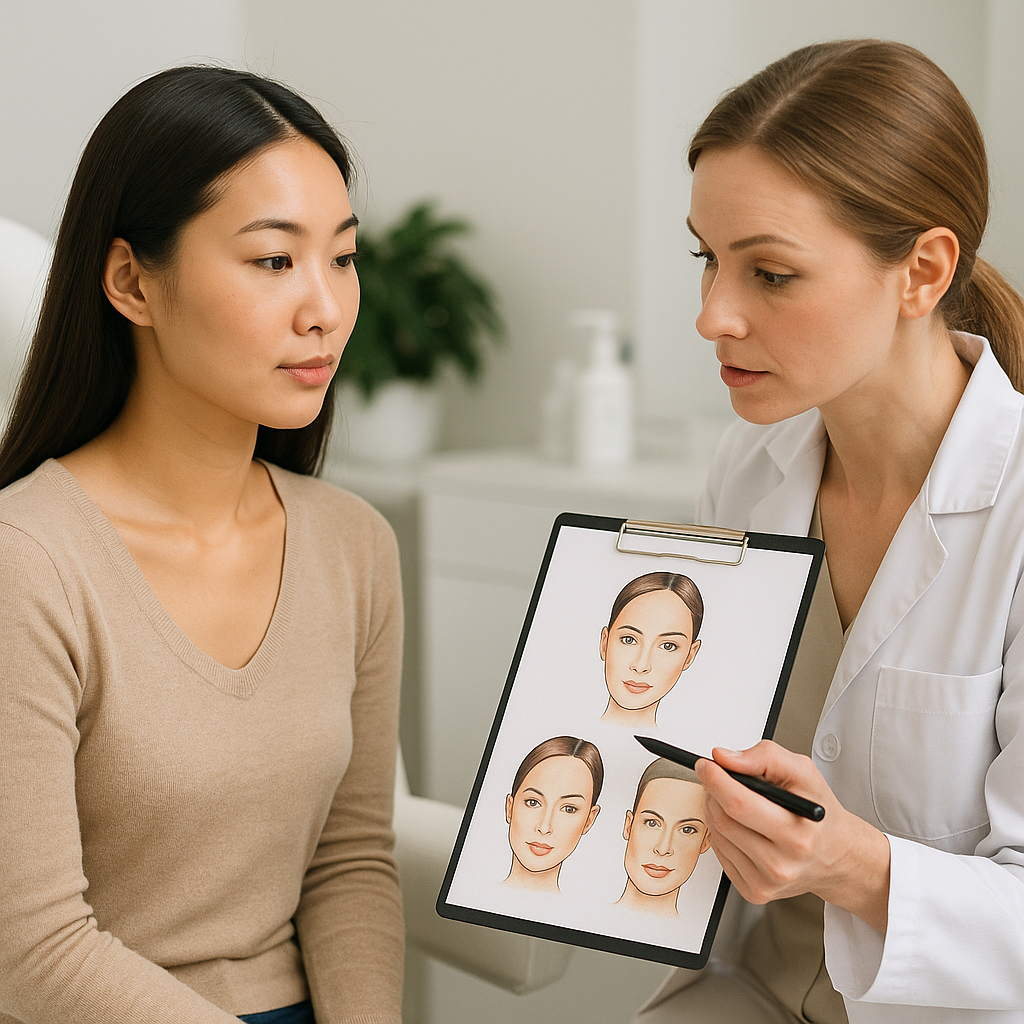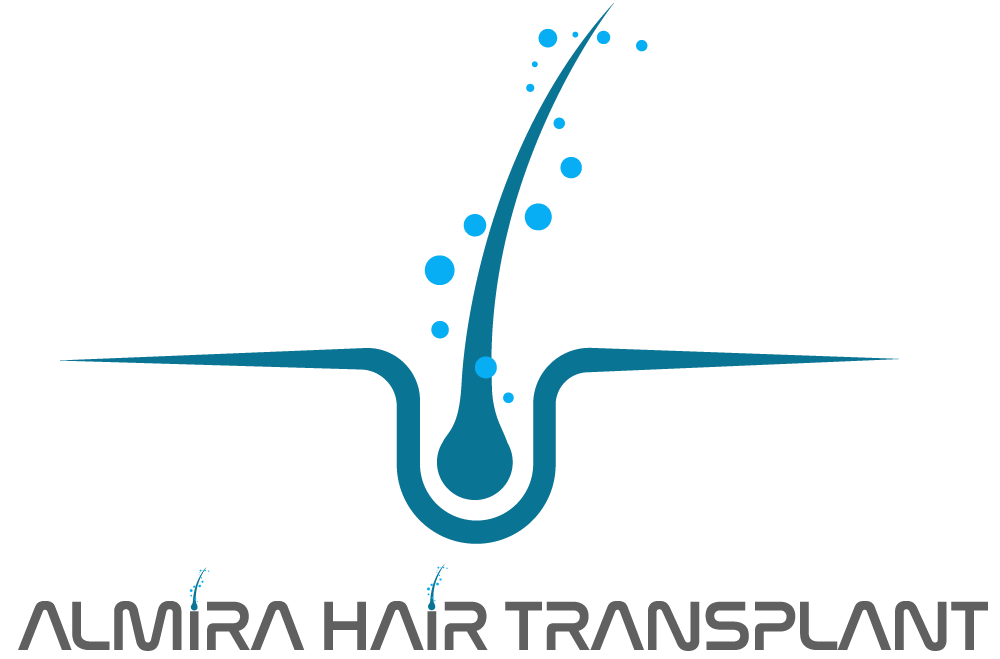Aesthetic Planning by Face Shape: Different Approaches for Oval, Heart, and Square Faces

Aesthetic Planning by Face Shape: Different Approaches for Oval, Heart, and Square Faces
Aesthetic planning is the art of enhancing one’s natural proportions without altering their unique facial identity. Every face is different; therefore, a single aesthetic formula cannot be applied to everyone. Among the most common facial structures, oval, heart, and square face types each require different planning and treatment approaches when it comes to fillers, Botox, mesotherapy, or surgical procedures.
The goal is to achieve balance and harmony — enhancing the person’s natural beauty without creating an artificial or overdone look.
1. The Oval Face: The Closest to the Golden Ratio
The oval face is often considered the ideal face shape in aesthetics. The transitions between the forehead, cheekbones, and jawline are smooth and well-balanced. The proportions are neither too long nor too wide — harmony defines this face type.
Aesthetic Planning:
-
The main goal with oval faces is to preserve the existing balance. Overfilling or unnecessary contouring can disrupt the natural flow.
-
Minor corrections around the under-eye area, nasolabial folds, and lip contour are typically sufficient.
-
Skin quality is key — mesotherapy, PRP, and collagen-stimulating treatments enhance brightness and elasticity.
-
Jawline contouring can be performed lightly to maintain symmetry without creating sharp edges.
Result: The goal for oval faces is to maintain youthfulness and vitality while keeping a natural appearance.
2. The Heart Face: Broad Upper Face, Narrow Chin
The heart-shaped face features a wide forehead and prominent cheekbones that taper into a narrower chin. This creates a youthful and feminine appearance but can sometimes lead to overemphasis of the upper face and a less defined lower face.
Aesthetic Planning:
-
Focus on balancing the lower third of the face to create harmony.
-
Chin filler is often recommended to provide structure and proportion to the lower face.
-
Avoid adding too much volume to the cheekbones since they are already naturally prominent.
-
Botox can be applied to the forehead and frown lines to soften expressions and create smoother facial balance.
-
Lip filler can subtly enhance the lower face, but moderation is essential.
Result: For heart-shaped faces, the goal is to strengthen the lower face to balance the natural triangle of the face.
3. The Square Face: Strong Jaw and Broad Lines
The square face type is characterized by a broad forehead, wide jawline, and well-defined angles. This shape conveys strength and confidence but can sometimes appear harsh or masculine.
Aesthetic Planning:
-
Masseter Botox (jaw-slimming) is highly effective for softening the strong jawline and creating a more oval appearance.
-
Slight cheek enhancement helps bring subtle femininity and proportion to the upper face.
-
Dermal fillers can be used strategically to smooth transitions and balance facial angles.
-
Skin-tightening treatments such as radiofrequency microneedling (golden needle RF) can improve contour definition while maintaining firmness.
Result: The goal for square faces is to soften sharp angles and achieve a more refined, balanced, and harmonious facial structure.
A Holistic Approach to Facial Aesthetics
Each face type requires a personalized analysis. Successful aesthetic planning is not about creating perfect symmetry — it’s about enhancing natural balance while preserving each person’s unique expression.
-
Oval faces: Focus on maintenance and skin vitality.
-
Heart faces: Reinforce the lower face for harmony.
-
Square faces: Soften strong features for balance.
Supporting treatments like collagen stimulation, mesotherapy, and customized skincare protocols complete this holistic approach.
Conclusion
In facial aesthetics, success lies in restoring balance without compromising natural beauty. Regardless of face shape — oval, heart, or square — individualized assessment and proportional planning are the keys to achieving elegant and lasting results.
Remember: A beautiful face isn’t created by intervention — it’s perfected through balance.


